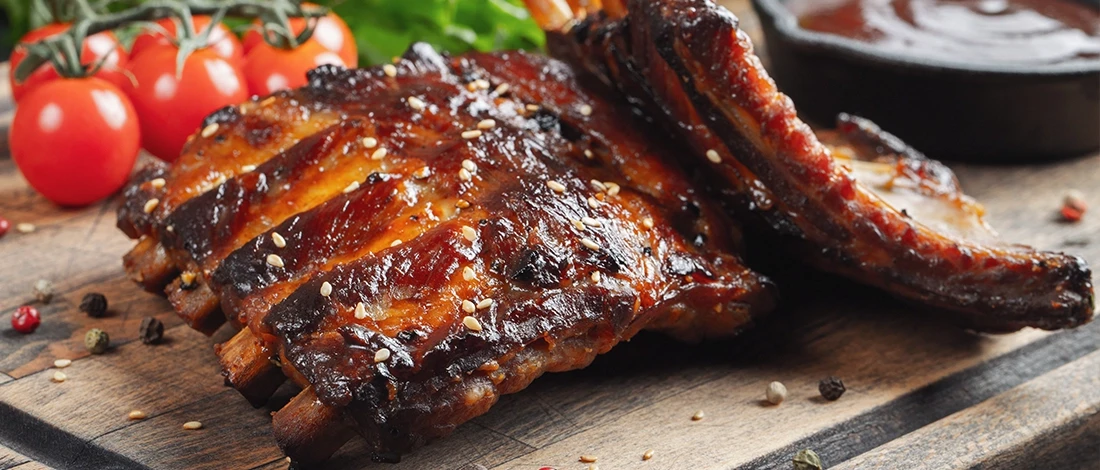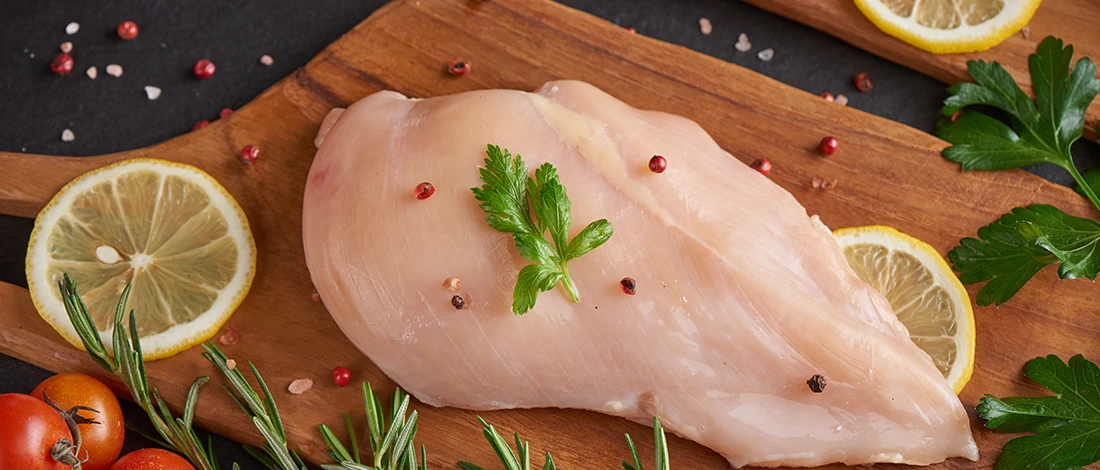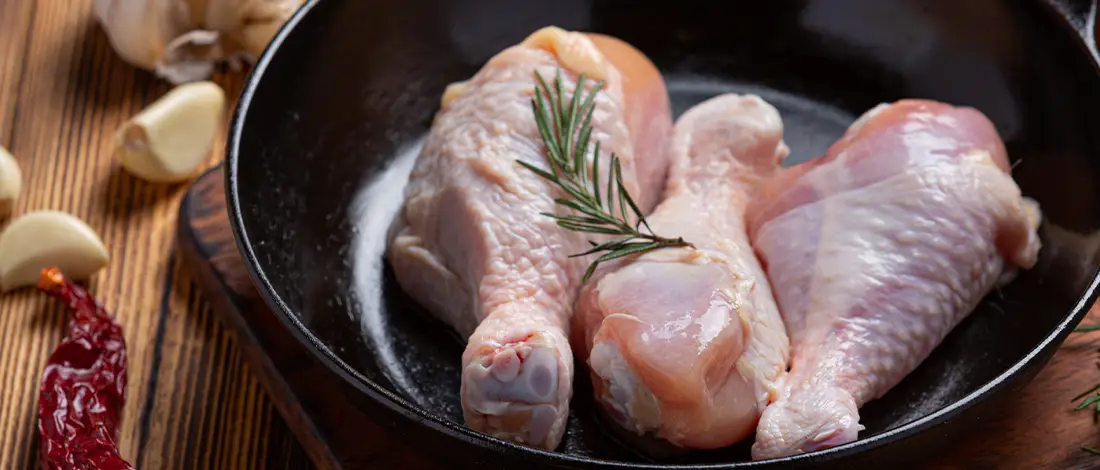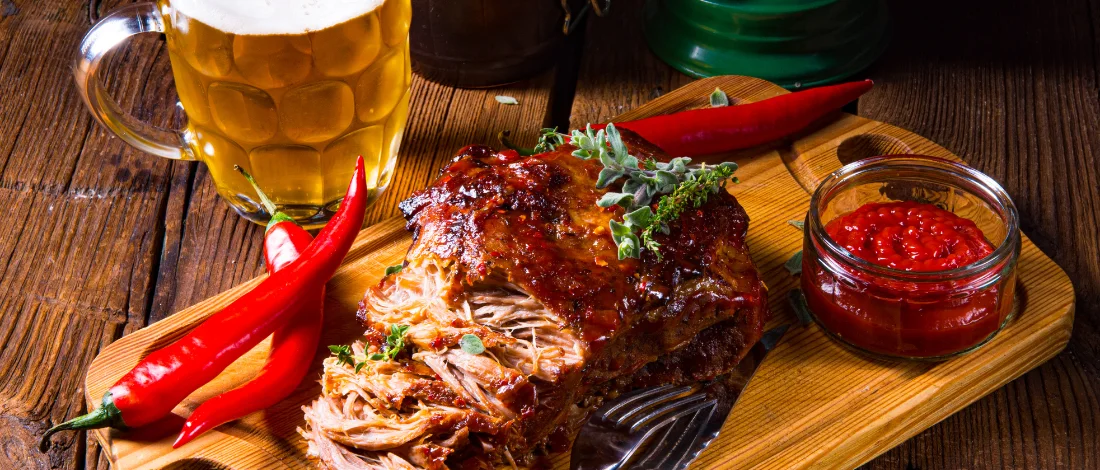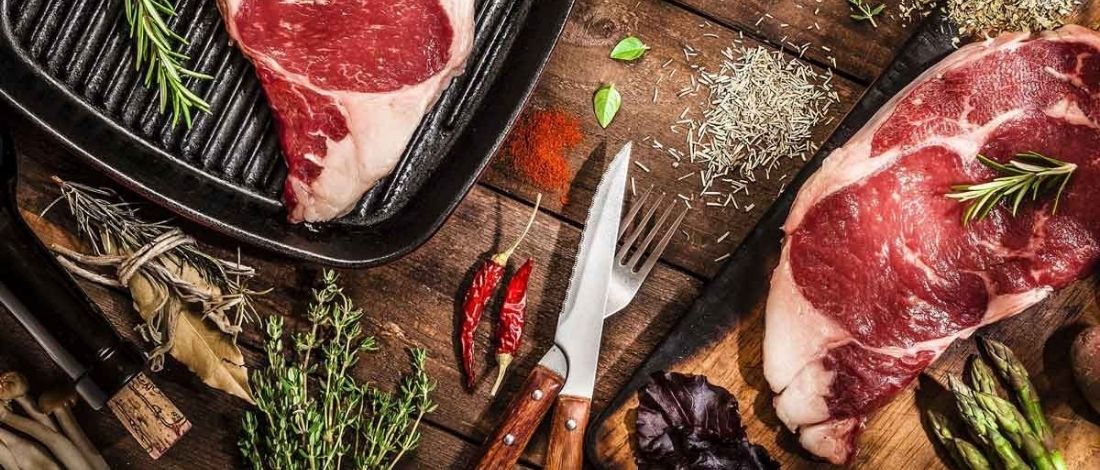I’ve been on a carnivore diet for over a decade, and during this time, I’ve tried all kinds of meat.
I’ve discovered that the carnivore diet resembles the keto diet to a great extent, so I consulted with a keto expert and spent hours reviewing the rules of a keto diet to see what types of meat offer the best of both worlds.
My go-to source of sustainably sourced and responsibly raised cuts is ButcherBox, a meat delivery service that lets you choose between grass-fed beef, crate-free poultry, and heritage-bred pork. Their meat is high-quality, and every delivery arrives on time.
Here’s everything you should know about eating meat on a ketogenic diet.
Quick Summary
- Keto is a low-carb, high-fat diet, so you should eat fatty cuts with leafy greens.
- You shouldn’t eat processed meat on keto.
- Keto meats are beef, pork, poultry, lamb, and other fresh and unprocessed cuts.
What Meats to Eat on a Keto Diet?
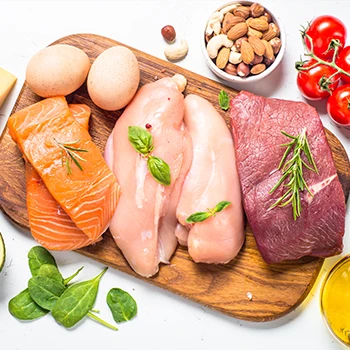
You should eat unprocessed meats on a keto diet, such as steaks, pork belly, poultry, and lamb. Processed cuts can have sugar additives like honey, corn syrup, and cane sugar, which cause your blood glucose levels to rise, knocking you out of ketosis.
Choose fatty cuts, such as ribeye or a T-bone steak, baby back ribs, pork belly, and chicken thighs. All of these have a high-fat content. Leaner cuts are also a good choice, as they can help you increase protein intake while keeping calorie intake low.
Lean cuts of meat good for keto are top sirloin, bottom round roast, pork chops (trimmed), skinless chicken breast, and more. You can also eat poultry on a low-carb diet, but choose darker meat, as it’s fattier than white cuts.
Seafood is also keto-friendly. Choose fatty fish because it’s a good source of protein, healthy omega 3’s, and B vitamins.
A good rule to follow when choosing keto-friendly meats is to go for unprocessed meat. Keep it as natural as possible, and mix fatty and lean cuts. Of course, don’t forget to combine keto meats with other keto food.
Here’s a detailed list of meat you can eat on keto.
1. Seafood
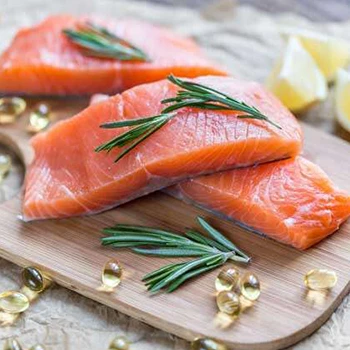
Seafood is very keto-friendly and healthy. However, you should be careful with the carb count in shellfish, as it differs by type.
Shrimp and most crabs don’t have carbs, but oysters and octopuses do. That doesn’t mean you shouldn’t eat these, but you should track the carbs to ensure you stay below range [1] [2].
Tip: Salmon, sardines, and other fatty fish have high amounts of omega-3 fats, which have lower insulin levels. These are great for people with increased insulin sensitivity [3].
2. Beef
Fresh beef doesn’t have carbs; it’s rich in B vitamins and minerals. It’s also a good source of protein, which can help preserve muscles during keto.
Tip: Choose grass-fed and pasture-raised animals, as these have higher amounts of healthy fats. Plus, fatty cuts will keep you satisfied for longer. Moreover, grass-fed meats minimize the amount of bacteria intake.
3. Pork
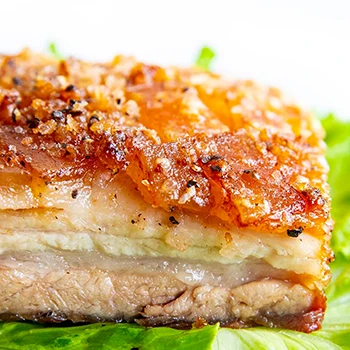
Bacon is a famous keto meat, but there are several other pork options you can go for, such as pork belly and ribs.
Pork is full of monounsaturated fats (healthy fats) and proteins. It’s not as full of nutrients as beef, but it still has a decent amount of B vitamins and micronutrients, such as choline and selenium.
For example, choline balances the nervous system, regulates mood, boosts memory, and has other benefits [4].
The fattiest cuts of pork you can for a low-carb lifestyle are pork belly, baby back ribs, butt, shoulder, bacon, leg ham, and pork hocks.
4. Poultry
Same as red meat, fresh poultry is carb-free, and it’s rich in vitamins. Poultry is naturally lean, but you can fatten it with butter, lard, tallow, and ghee.
Tip: Choose poultry cuts with the skin on for the most nourishing meat.
“The "classic" ketogenic diet is a special high-fat, low-carbohydrate diet that helps to control seizures in some people with epilepsy. It is prescribed by a physician and carefully monitored by a dietitian. It is usually used in children with seizures that do not respond to medications.”
- Epilepsy Foundation of America
Also Read: What Poultry Grades Are There?
Organ Meats on Keto
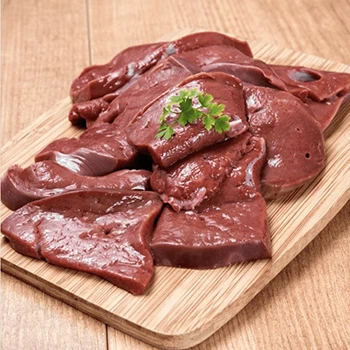
Organ meats are among the most nutrient-dense meats on the planet. Each kind of organ meat has a specific profile of vitamins, minerals, and amino acids that give you health benefits.
Moreover, some organ meats are high in vitamin C, which is difficult to get on a keto and carnivore diet.
Some of the best organ keto meats you can eat are liver, kidney, tripe, heart, and tongue.
I especially recommended beef and chicken liver. They are high in vitamins and antioxidants that prevent cancer and are low in saturated fat [5].
Finally, organ meat is more affordable because it’s less popular than regular cuts. This is also a more ethical choice because there’s less food waste.
Meats to Avoid on Keto

While many types of meat align with a ketogenic diet, some are better than others. You should avoid meats with sugar, starch, and fillers.
These increase the number of carbs and aren’t suitable for a low-carb diet. Always read the label to know for sure if certain meat fits your macros.
Some meats to avoid on the keto food list are:
- Cured meats
- Deli meats
- Breakfast meats
- Meats with glazes and sugary sauces
Generally, you should steer clear of all meats that went through smoking, drying, curing, salting, and dehydration. These are considered processed meats, such as hot dogs, sausages, ham, pepperoni, pastrami, and lunch meats.
Also, be aware of the oils used. For example, canola oil, peanut oil, olive oil, and coconut oil are used as substitutes for fat. They can improve meat stability but are usually highly refined and can lead to inflammation.
The best way to stay clear of processed meat is to choose fattier cuts (avoid fat-trimmed cuts) and grass-fed beef. Also, rotate your meat. Have ground beef today and ribeye tomorrow.
Don’t eat the same meat seven days a week. Eating various types of meats helps you avoid micronutrient deficiencies, especially if you’re eating fewer starchy vegetables.
Finally, it’s easy to make non-keto-friendly meats keto-friendly. Just apply a few tablespoons of animal fats, and you’ll have a good fat intake.
Benefits of Eating Meat on Keto

Meat can provide several benefits for our health. Meat is a better protein source compared to plant proteins, such as soy and wheat gluten, because it has a higher biological value.
Our bodies can use proteins from beef more efficiently. Plus, these proteins have amino acids in the correct proportions.
One of the essential amino acids in meat is leucine. Leucine helps preserve muscle mass, which is great if you’re trying to achieve muscle growth with resistance training.
Animal protein has health benefits, such as:
- Decreases body fat
- Increases muscle mass
- Supports the immune function
- Prevents and treats diabetes
- Aids bone formation and mineral density
- Reduces atherosclerosis
- Fresh meat is full of nutrients, and it’s satiating
- High-meat diets result in better cardiovascular health, blood sugar regulation, and weight loss [6] [7] [8].
Look for keto meats in these ranges for the best results on keto:
- Up to 80% of calories from fats
- 20% to 30% calories from proteins
- 10% calories from carbohydrates.
FAQs
What Meat Is Good for a Keto Diet?
Fresh meats are good for a keto diet, such as chicken, pork, steak, lamb, and fatty seafood.
Is There Any Meat You Can't Eat on Keto?
Yes, there is meat you can’t eat on keto. Processed meat, such as sausage, ham, lunch meat, and hot dogs, isn’t allowed on keto. You should eat fatty, unprocessed meats for a high fat intake.
What Meats Are Low In Carbs?
Meats low in carbs are beef, lamb, chicken, and pork cuts.
What Foods Kick You Out of Keto?
Foods that kick you out of keto are grains, sugar-rich food and drinks, fruits, processed meats, fat-free and low-fat dairy, and starchy veggies.
References:
- https://fdc.nal.usda.gov/fdc-app.html#/food-details/175179/nutrients
- https://fdc.nal.usda.gov/fdc-app.html#/food-details/1099111/nutrients
- https://www.ncbi.nlm.nih.gov/pmc/articles/PMC5381193/
- https://ods.od.nih.gov/factsheets/Choline-HealthProfessional/
- https://www.webmd.com/diet/liver-good-for-you
- https://www.ncbi.nlm.nih.gov/pmc/articles/PMC4215472/
- https://www.ncbi.nlm.nih.gov/pmc/articles/PMC4212585/
- https://www.epilepsy.com/treatment/dietary-therapies/ketogenic-diet


